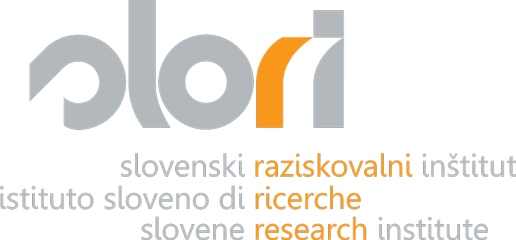PhD dissertation
Project promoter: Slori-Slovenski raziskovalni inštitut
Project performer: Devan Jagodic
Project implementation period: 2009-2011
The research studies the cross-border flows of residential mobility, which are currently taking place in the border area between Italy and Slovenia, as a consequence of the recent accesses of the latter to the EU (2004) and in the Schengen area (2007). Under the momentum of the European integration processes and of the gradual weakening of the border barriers, which have been hindering the free circulation of people between the two States for many years, the most recent times have seen a growing request of some groups of Italian citizens, who decide to move on the other side of the border, in the rural villages of the Slovene Carst.
The crossborder residential mobility flows outline a natural progress of the suburbanisation of Trieste, the city where the cross-border migrants continue to work, develop social-affective networks, spend their free time and use a series of services. In this light, they may be considered as “transmigrants”, characterised by living constantly “on the one” and “on the other side” of the border.
In the changed geo-political scenario, the Italian-Slovenian border assumes a new, earlier unknown function: from “barrier” to “filter”, now finally seems to be able to become also an “everyday-life space”. At the same time, however, the unidirectional flows presents several problematic aspects deriving from the suburban impact (pollution and landscape decay, gentrification effects, social and ethno-linguistic changes in the composition of the receiving society etc.), which have generated some concern in the Slovenian public opinion. Cross-border residential mobility is therefore a controversial phenomenon, as it reveals a series of contradictions, which are implicit in the concept of European integration itself. On the one hand, it represents an interesting laboratory for “bottom-up” cross-border integration, as it contributes to transform the border-barrier in a transnational space, where different people, cultures and ways of life meet and live together. On the other hand, the sudden and unexpected encounter between diversities, which were separated in the past by a border, perceived as a strong element of division and distinction, can lead to a fast alteration of the already existing balances, to the point that tensions or conflicts, that were supposed to be over, may arise again.
The research project is divided into two parts. The first part provides the phenomenon a proper theoretical framework, by approaching it within two analytical perspectives: the suburbanisation theories and the transnational migration studies. The second part presents the results of the empirical research focused on the crossborder residential mobility flows in the Italian-Slovenian border area. The research is based on the analysis of both qualitative data (in-depth interviews with key informants) and quantitative data (survey among Italian citizens having recently moved to the Slovenian Carst).
